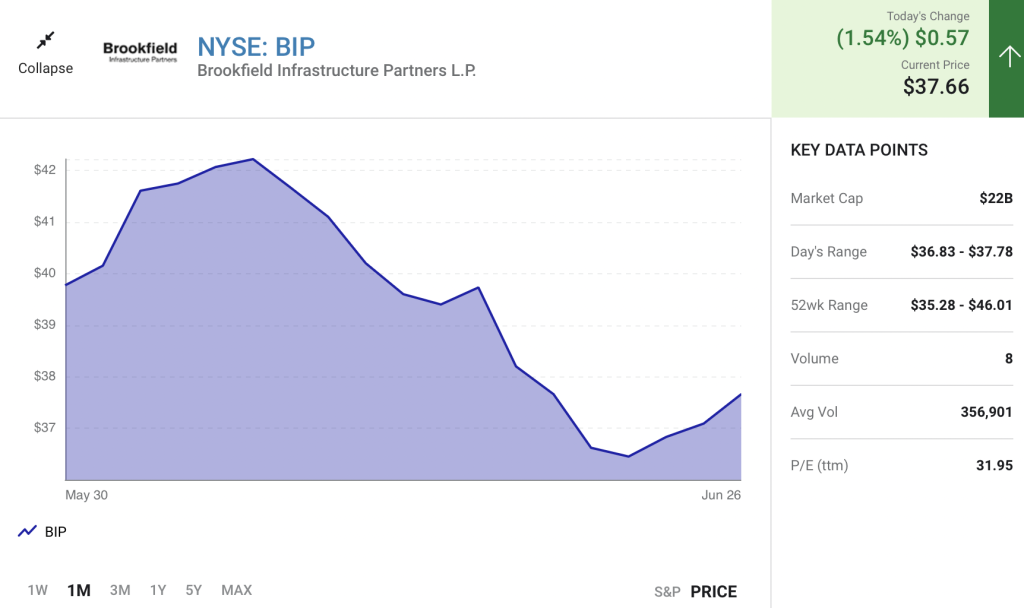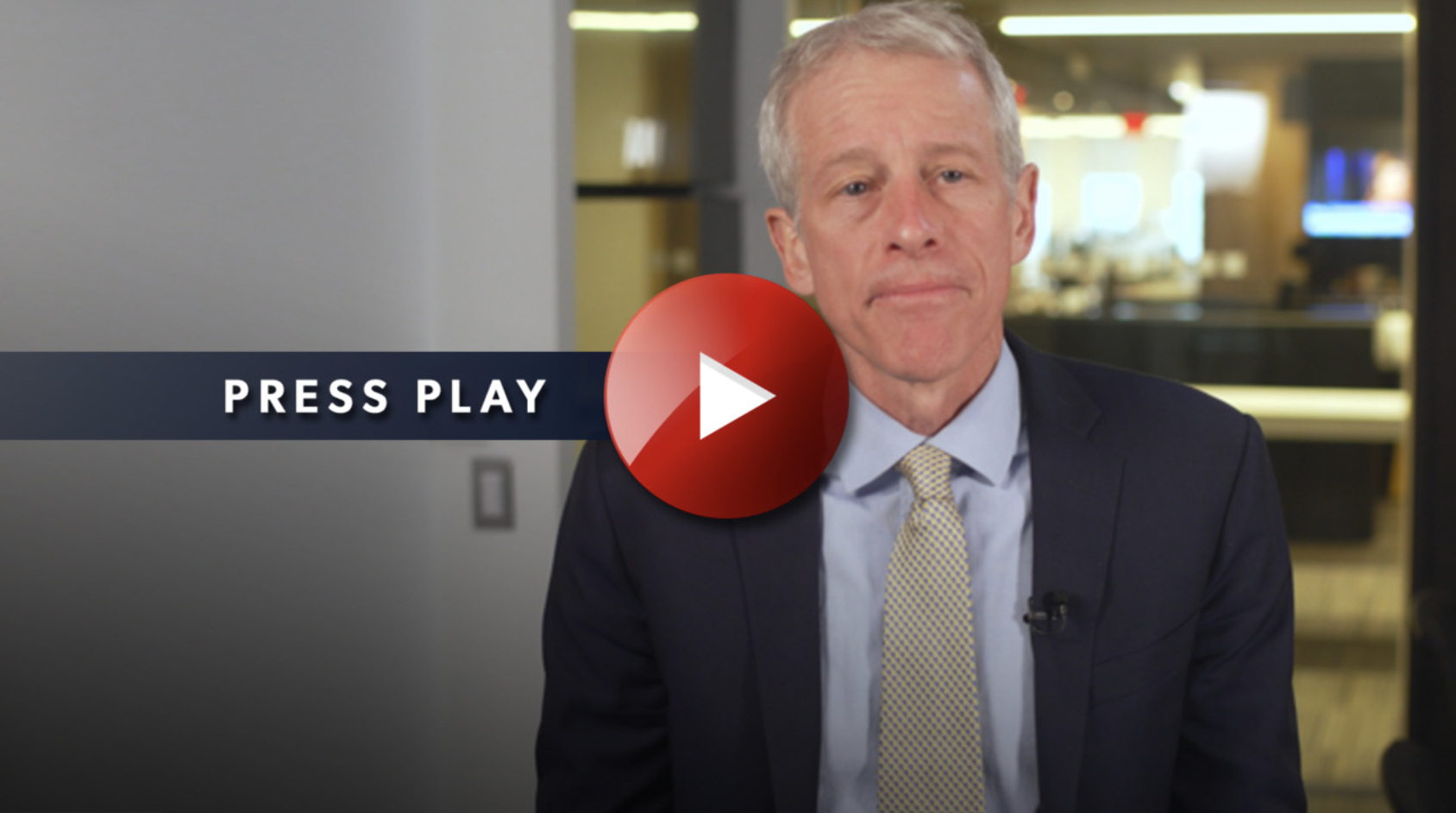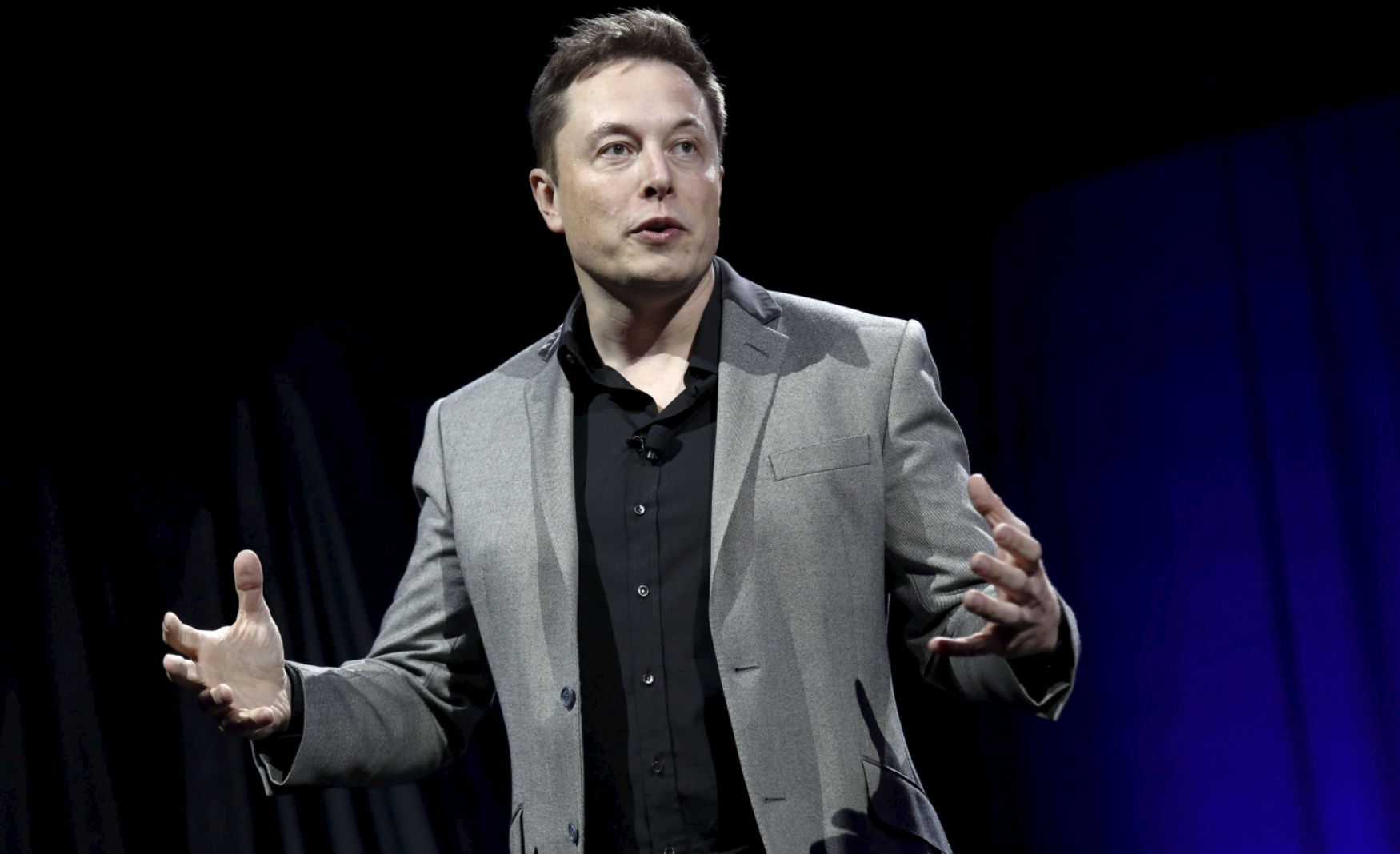It’s easy to get distracted by bigger names, but the returns on this stock have been phenomenal.
Investors are seeing some of the biggest companies in the market do stock splits. Tesla (TSLA -0.32%), Amazon (AMZN -2.78%), and Alphabet (GOOGL -1.81%) (GOOG -1.62%) are among the highest-profile businesses deciding to split their shares, and each of them has gotten a huge amount of attention from investors looking to take advantage of what they see as an opportunity.
Stock splits don’t have any fundamental impact on a business, but investors nevertheless see them as encouraging signs of confidence from company managers. That’s why it’s surprising to see one recent stock split go largely unnoticed by investors. However, shareholders of Brookfield Infrastructure Partners (BIP 1.54%) and the related Brookfield Infrastructure Corporation (BIPC 1.89%) are more excited than ever about the longer-term prospects for their holdings, regardless of the fact that they now have a larger number of shares in their holdings.
Brookfield Infrastructure does the splits
Brookfield Infrastructure announced back in May that it would do a 3-for-2 split. The company’s leadership said that the move would ensure that the partnership’s units would remain accessible for individual investors, as well as provide enhanced liquidity. Brookfield Infrastructure Corporation, which is a separate business entity whose sole asset is a partnership interest in Brookfield Infrastructure Partners, said it would follow suit with a stock split of its own.

That might seem silly in the context of the giants doing stock splits lately. Immediately before the split took effect, Brookfield traded for around $70 per share. It had gone close to $80 in April, but it never came close to the three-digit or even four-digit levels at which Tesla, Amazon, and Alphabet decided to move forward.
What Brookfield Infrastructure does
However, when you look at its overall return, Brookfield Infrastructure stands out as a strong performer. The price of its partnership units has nearly quintupled since it first became publicly traded in 2008. When you add in the impact of distribution payments to investors, the total return on that roughly 14-year investment rises to close to 1,000%.
Brookfield Infrastructure makes its money by investing in infrastructure projects in various industries. Its utility operations ensure that people around the world get access to essential services like electricity, water, and energy. Its midstream operations support the construction of pipelines and other energy transmission networks, while its transportation business helps to finance roads, bridges, and other essential elements of countries’ transport networks.
More recently, Brookfield has also incorporated investments in data centers and transmission as a way to tap into the fast-growing cloud computing trend.
By targeting total returns of 12% to 15% per year on its assets, Brookfield Infrastructure is able to earn sustainable and dependable cash flow that it can reinvest into new projects. In addition, it pays about 60% to 70% of its funds from operations to investors in the form of distributions, producing recent yields of about 3.5% to 4%.
Strong demand won’t let up
Perhaps the best thing about Brookfield Infrastructure is that its target investment is always in vogue. It’s true that governments at the national and local levels aren’t always flush with cash, but the needs of their people make infrastructure investment a top priority. Despite some cyclical factors, Brookfield Infrastructure has reliable stayed the course for long-term investors.
So even as many stock split investors pay closer attention to tech giants like Amazon and Alphabet or Elon Musk-led Tesla, you might prefer to keep an eye on Brookfield Infrastructure. Whether you go with partnership units or corporate shares, the long-term potential for Brookfield to generate strong returns makes it worth a closer look.







